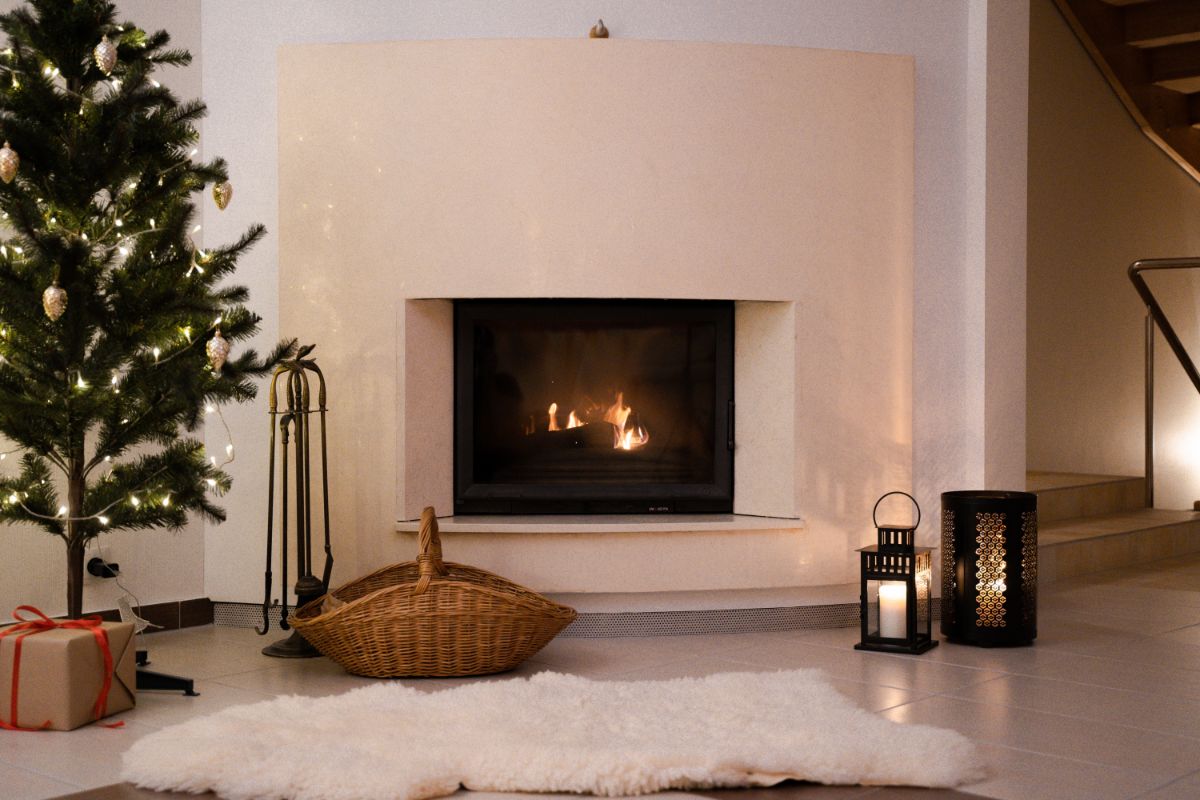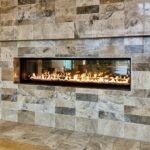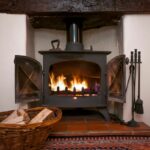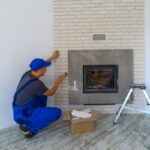In modern times, the fireplace has made something of a comeback – with many people turning their back on gas central heating, in favor of something more traditional, aesthetically pleasing, and more effective at generating heat in the home.
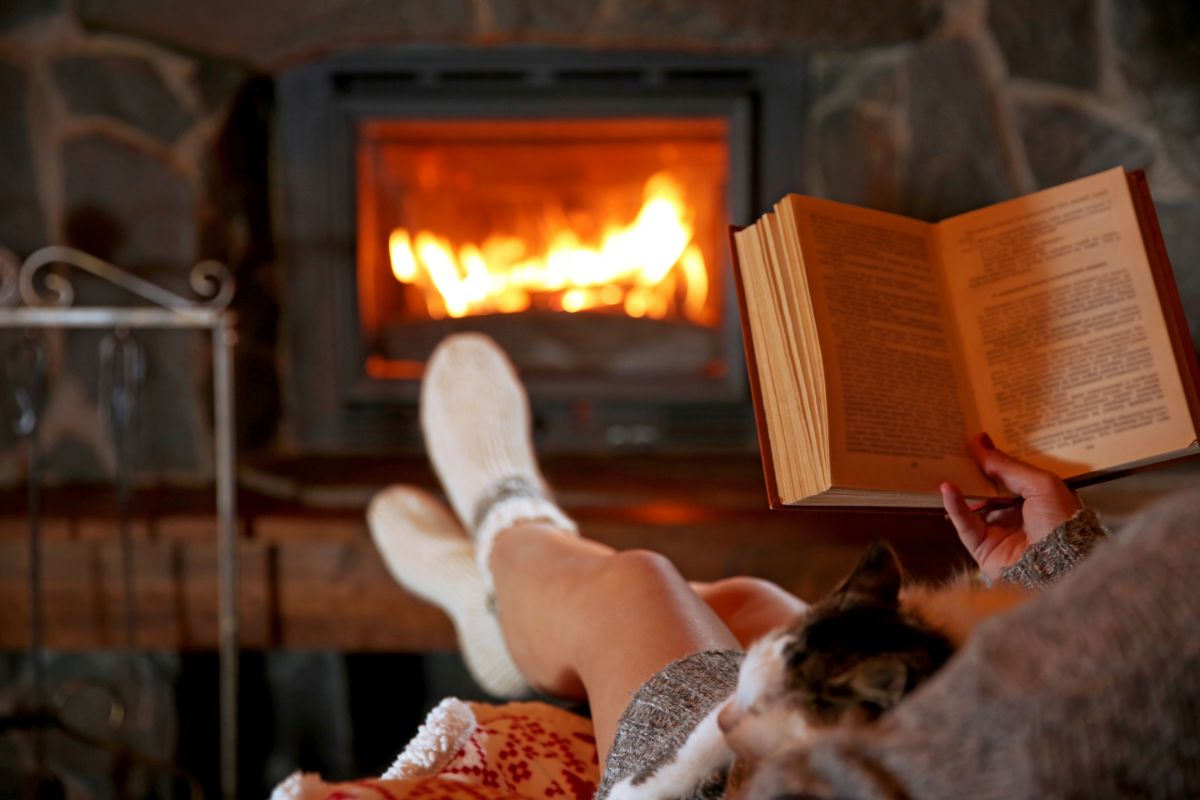
But exactly how hot do fireplaces get, and are some kinds hotter than others?
What Temperature Can Fireplaces Reach?
Generally speaking, most fireplaces have a capability to reach between 600 and 1200 degrees fahrenheit – with some even reaching as high as 1500 degrees fahrenheit.
However, this is dependent on the type of fireplace that it is, the fuel being used, the size of the fireplace, and how much heat it is technically able to produce.
Why Are Some Fireplaces Hotter Than Others?
When it comes to the temperature that a particular fireplace is able to reach, there are many different factors at play.
The Fuel Source
The heat that a fireplace produces depends almost entirely on the fuel source that is being used – with some being more self-regulating, and others resulting in higher temperature when they are at their peak.
Solid fuel fireplaces – such as wood and coal – reach much higher temperatures than gas fireplaces.
This is because the gas is regulated via a dial on the fireplace, while coal and wood fireplaces are somewhat unregulated – reaching higher temperatures depending on the amount of fuel being used.
Likewise with solid fuel fireplaces, using coal as a fuel source is more efficient (and hotter) than using wood.
This is because coal not only burns hotter, but also burns slower, meaning that you do not have to replenish the fuel on the fire as often. Wood burns more quickly, which means it requires replenishing more frequently.
The Size
The size of the fireplace also plays a role in the temperatures that the fire can reach – with larger fireplaces allowing more oxygen into the fire – which in turn increases the strength and heat of the fire.
Larger fireplaces are also able to hold more fuel, which then means that the fire gets hotter. However, larger fireplaces can be harder to control, and can lead to less consistent temperatures.
On the other hand, smaller fireplaces are easier to manage and control – due to their small size – but generally generate less heat due to the decreased amount of fuel.
The Heat Capability
Gas fireplaces are generally regulated – being kept within certain temperature limits so as to remain safe and constant.
This means that – in contrast to the more limitless potential of solid fuel fires – gas fires are much more restricted, and have a much more fixed upper limit heatwise.
Airflow & Ventilation
Depending on the type of fireplace you have, there might be different levels of ventilation. This plays a part in how hot a fire can get, and the general strength and size of the fire in general. This is because oxygen is paramount for fire to start.
Gas fireplaces usually do not have as much ventilation – due to the fact they do not create smoke, and rely on gas to work. Meanwhile, coal and wood fireplaces require chimneys to both ventilate the smoke outside, and to allow oxygen to reach the fire.
This is one reason why traditional fireplaces can reach much hotter temperatures than newer systems like gas and electricity.
Which Fire Is Better For The Home?
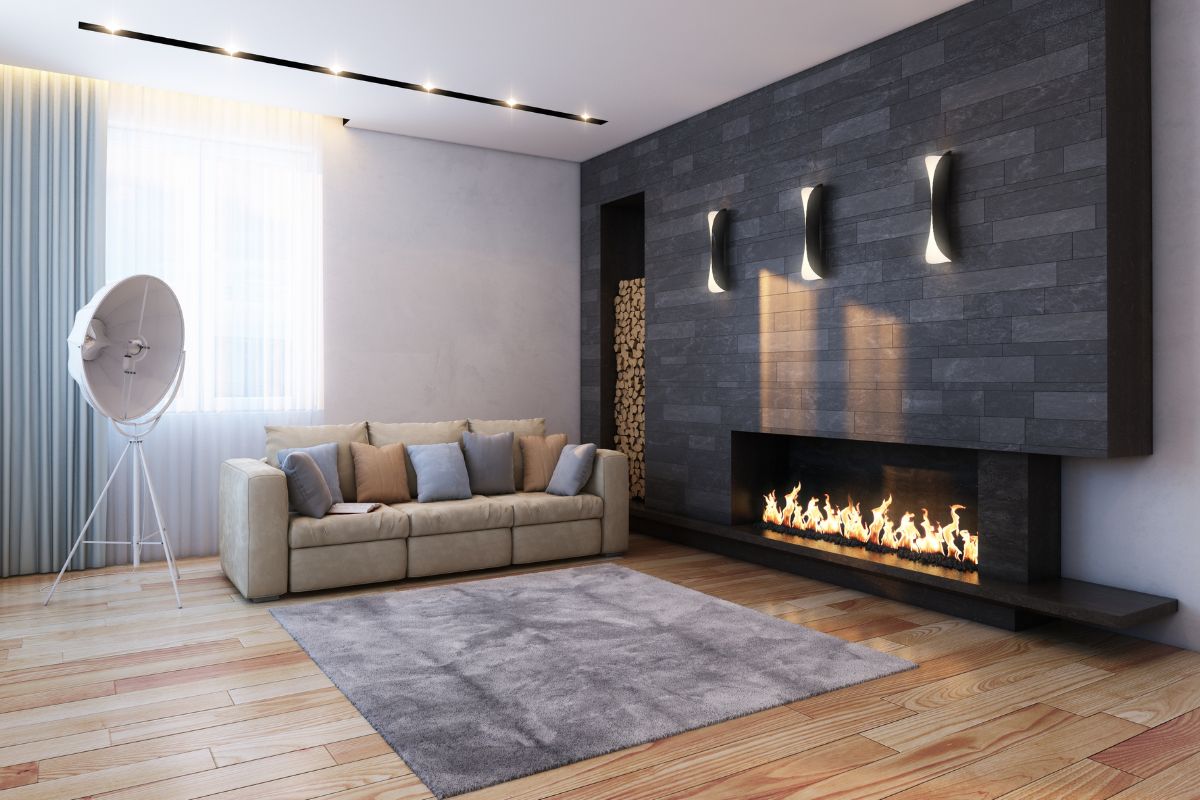
Generally speaking, if you live in areas that suffer colder winters, and have generally less ambient temperatures, then you are better off choosing solid fuel fireplaces – such as coal and wood.
However, if you live in a country that has milder winters, and is generally ambient most of the time, then you are probably better off having either a small wood burner, or having a gas fireplace.
This allows you to create a small, ambient fire to gently increase the temperature in your home on cooler nights.
Which Is More Cost Effective?
The cheapest fireplace you can have – generally speaking – is a gas fireplace. This is because the price of gas is generally cheaper in comparison to other fuel sources like electricity and solid fuel.
This means that, for those who require a fire for longer periods of time – but who want to keep their bills lower – should opt for a gas fire over electricity and solid fuel.
However, if you have your own free fuel supply, then solid fuel is generally more effective at heating the home.
Final Thoughts
And there we have it, everything you need to know about fireplaces, and how hot they have the capacity to get.
It is certainly true that fireplaces have made something of a comeback in recent years – with all manner of different styles and fuel types to choose from.
However, as this article highlights, some fireplaces are capable of reaching hotter temperatures than others, making them the first choice for many homeowners.
So if you are looking for the hottest type of fireplace, then be sure to check out this guide!
Frequently Asked Questions
Now that we know a little more about fireplaces, and how hot they are capable of getting, it is now time for us to answer some frequently asked questions that you might be interested in.
This depends entirely on the situation – and where in the world you live.
If you live in a colder climate, then you want to be able to generate as much heat as possible – however, if you live in a more moderate climate, then this might not be necessary.
Of course, with any heat source, there can be a threat of danger – especially when you have small children and animals.
However, there is little evidence to suggest that one form of fireplace is more harmful than another – especially with the right covers, and protections, such as fireguards.
- How To Open Chimney Flue - July 20, 2023
- Do Electric Fireplaces Use A Lot Of Electricity? - July 20, 2023
- How To Keep A Fire Going - July 20, 2023


